|
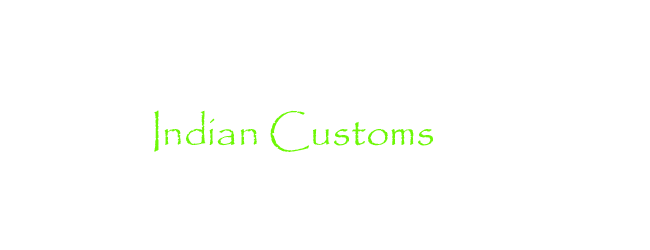
|
|
Most Plains Indians lived in a huge area between the Mississippi and
Rocky Mountains. A few well-known tribes are the following: Sioux,
Cheyenne, Comanche, and Blackfoot all lived in this area. One custom
of the Plains Indians was that their tribes often traded among each other
for supplies and food. Males usually wore animal skin leggings, a
loin cloth, and a belt. Women and girls wore dresses made of
deerskin. An important dance to the Plains Indians was the Ghost
Dance that took place at night. Here they talked to the Gods and
their ancestors that had past away. Southeastern tribes lived in
states such as Louisiana, Georgia, and Alabama. Some of the Southeastern
tribes were the following: Chickasaw, Creek, and Seminole. The
Green Corn Festival was one of the most important ceremonies to the Plains
Indians. It took place in the fall and Shamans and men went in a
circle around a fire that was cooking corn. After the corn was
cooked it was given as a sacred offering to the Great Spirit. People
danced and more corn was cooked over the fire for everyone. The
Southeastern tribes were also famous for intermarriage. A Shawnee
Chief, Blue Jacket, was an adopted Caucasian. There was also an
African American, John Horse, who was a Seminole warrior. The
Southeastern tribes contained a mix of races and tribes, but nobody seemed
to mind, as long as the culture was the same everyone was happy. |
 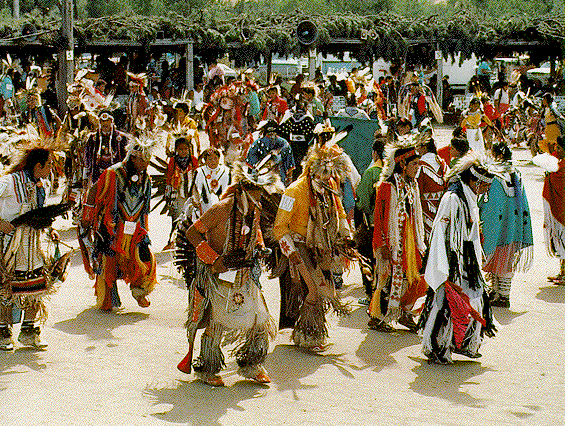
Native Americans ~~ participating in the traditional Powwow |
|
Plains Indians has many customs. Their customs related to food are
as follows: The Plains Indians hunted buffalo and other game for
example they hunted elk and antelope, as well. To capture them
they'd surround the herd or sometimes try to stamped a herd off of a cliff
or into an area where they could kill them more easily. But after
horses the lives of the Plains Indians was much easier. They would
hunt animals using bows and arrows while riding horses. They never
stopped hunting, they hunted all year long, because buffalo weren't in
short supply, then. Buffalo, after being roasted over a fire and
dried in the sun, was then made into jerky, and made into pemmican, which
was made by pounding dried meat into powder and mixing it with melted fat
and berries. The Plains Indians didn't eat only meat, they ate
berries, cherries, wild greens, camas roots, and wild prairie turnips with
the meat, as well. They made about every single part of the
dead buffalos useful to them. Which are only a few of the very many
customs the Plains Indians had to stay alive and get food. |
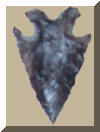 An Indian
Arrow ~~ Plains Indians sometimes used these in battle and for
hunting. An Indian
Arrow ~~ Plains Indians sometimes used these in battle and for
hunting. |
| Most
importantly to the Plains Indians customs were those dealing with their
beliefs. They believed in the Great Spirit. They believed the
Great Spirit had power over all things, including animals, trees, clouds,
humans, and rocks. Plains Indians also believed that the earth was
the mother of all spirits. The sun was believed to give the earth
light and warmth, so it was powerful in their beliefs, also. They
prayed both alone and in groups together. They had many customs to
worship the Great Spirit, and they believed in visions that came from the
spirits. A medicine man or known as shaman was their guide to
healing the sick and interpreting signs and dreams. One very
important custom was the Sun Dance, a very important ceremony among them
that lasted for many days. First, they would fast, not eating for
several days at a time. They wouldn't sleep either, and then they
would set up camp, a circle of tepees. A tree was set in the center
for the ritual. Ropes made of hair and leather were then tied to the
top of the tree. Next, they tied the ropes to sticks, which they
stuck through the flesh of their chests and backs. Then, they
continued to dance, worshipping the sun, playing pipes, and all the while
the sticks tore at their flesh more and more, but they believed this would
make the Great Spirit proud and they would be rewarded. |
|
|
The Plains Indians that were artist used buffalo hides to draw on, which
were made into clothing, houses, beds, shields, shoes (moccasins),
envelopes, and other useful objects for the Plains Indians. The
objects were painted or beaded into beautiful patterns, such as stripes,
diamonds, arrows, hunting scenes, and other things that represented their
lives and customs. Medicine bundles were also customary to be
carried by the Indians. They carried pipes, dried herbs, and other
animal related things in the medicine bundles because they believed they
represented powerful objects. The medicine bags were supposed to
help heal the Plains Indians, spiritually and physically. Another
custom was the Powwow, which was another ceremony often held from June
until September. Powwows had religious importance and opportunities
to hold a naming. Dakota and Lakota traditions in the powwows were
to pray and celebrate the Great Spirit, or to them known as Wakantanka.
The Indians stood in a circle, which was also very important to
them. They danced in the center while others beat on on
drums. This is was another custom to bring them closer to family,
friends, and the comfort of their culture. The Native Americans
Shaman or medicine man was the holy person who had a lot of knowledge and
power. He healed the sick, told them that their dreams meant, and
led some dances and ceremonies, He lead the prayers to the Great
Spirit, decided many of the Indians live decisions, and told the future. |
|
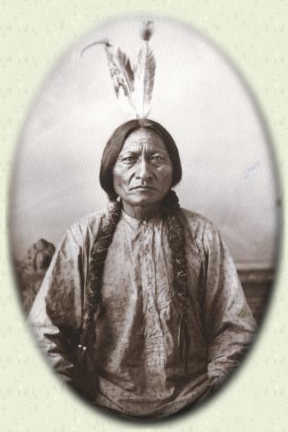 Sitting Bull ~~ A warrior and leader of Native American groups.
Sitting Bull ~~ A warrior and leader of Native American groups.
|
| A vision
quest was when the Plains Indians would stop eating and go to a quiet
place for one to four days. They did this because they believed that
this would help them see visions, which would guide them or tell of their
future. The visions would come from the Spirit or ancestors.
When back at the village a Shaman would tell the man what his vision
meant, and he may name the man because of what his vision was. It
was also a tradition to carry a mendella, sometimes. A mendella was
similar to a shield and was made of bison hides, bird feathers, or wool of
animals. It was thought to bring good luck to the person that
carried it. |
|
| Before the white man
came to America, the Indians lived there, There were probably about
ten million Native Americans in America when the Europeans arrived.
The name "Indian" was given to them when Christopher Columbus
first arrived and mistakenly thought the mainland and islands of
America were part of the Indies, in Asia. By 1877 for every Indian
in the West there were now nearly forty whites. Indian wars
began. Indians were expected to forget their old ways and make
themselves act just as the whites did. |
|
|
Chief Joseph quoted the following: " My father was the first to see
through the schemes of the white men.... He said "My son....when I am
gone...you are the chief of these people.... Always remember that your
father never sold his country.... This country holds your father's
body. Never sell the bones of your father and mother."
"I pressed my father's hand and told him I would protect his grave
with my life..... A man who would not love his father's grave is worse
than an wild animal."
---------------------------Chief Joseph 1874 |
|
|
To most Plains Indians, including the Dakota, the feather of an eagle was
very sacred. In a powwow , if one had fallen from a dancer's outfit
it was very customary to stop the powwow and perform a ceremony to restore
the feather. Four dancers would dance around the feather, because
most Indians found four as an important and sacred number, as well. |
|
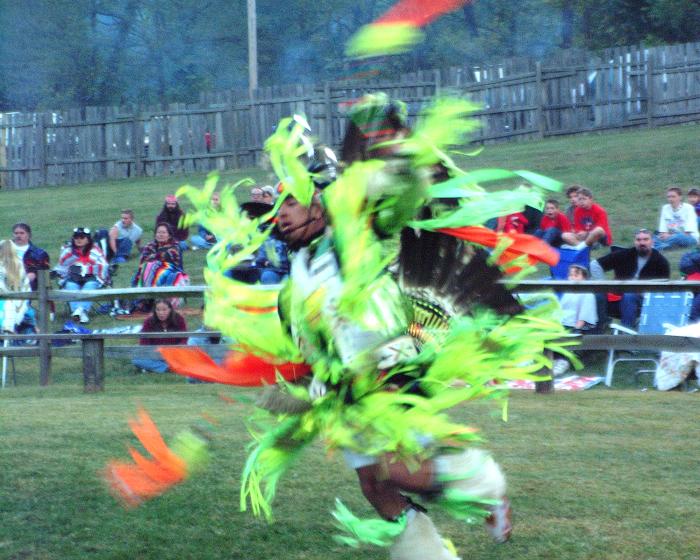 Native
Americans today are still practicing the traditions of their
ancestors. Native
Americans today are still practicing the traditions of their
ancestors.
Powwow Ceremonies !!!
Performing the Powwow 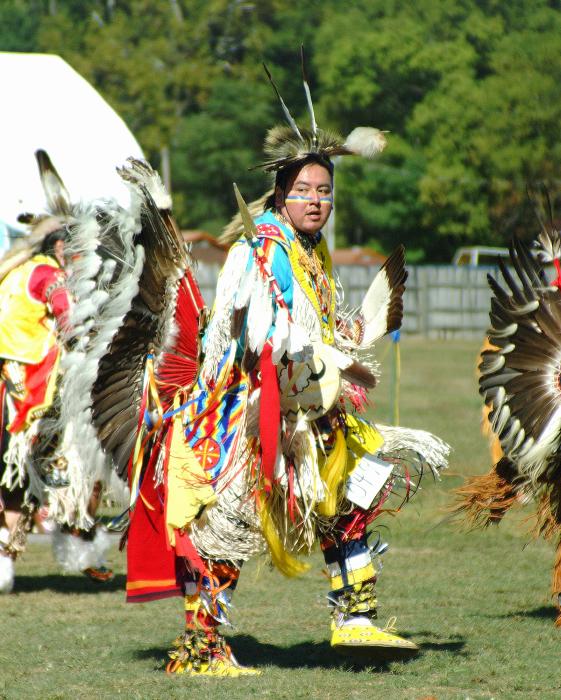 Ceremony this
year.------------------------ Ceremony this
year.------------------------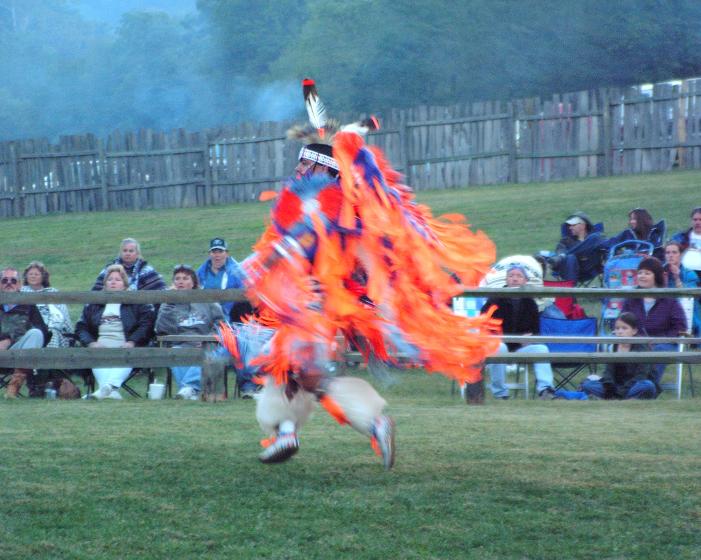
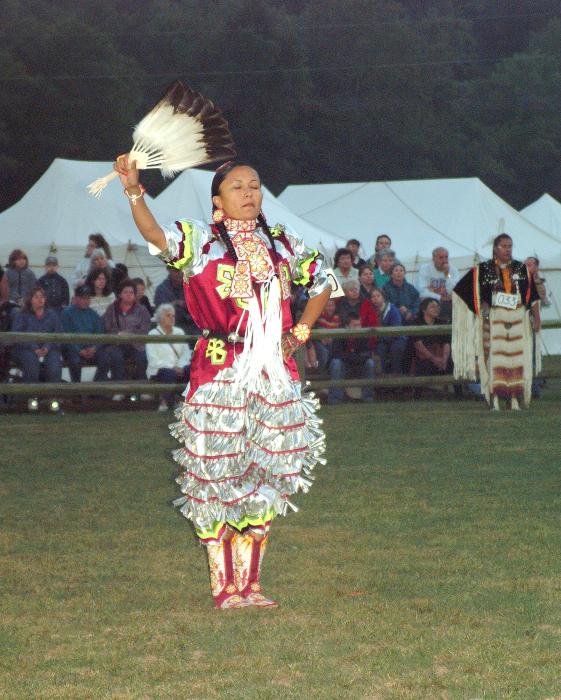 Woman performing a ceremony, that is tradition to the Native American
people----------------
Woman performing a ceremony, that is tradition to the Native American
people----------------
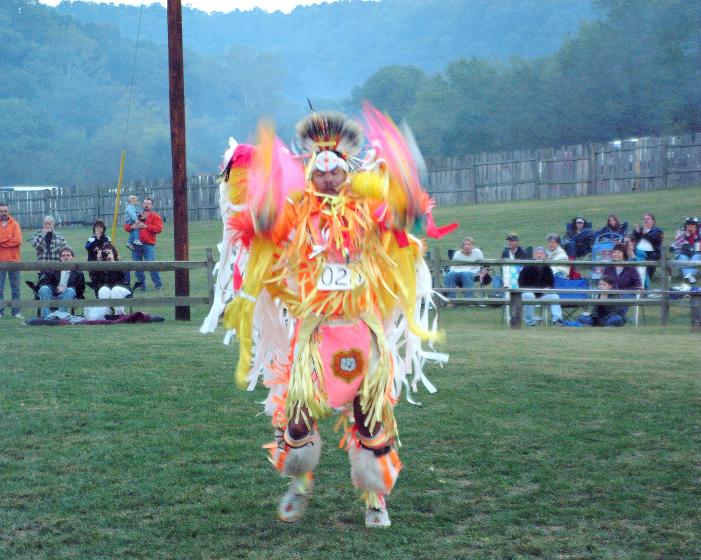 Powwow!!! Powwow!!!
|
|
Some of the most colorful natives anywhere were the Plains Indians.
The Arapaho migrated to the Great Plains near the end of the 17th
century. They were also called "Our People." They
were brave in war, traders, but the Cheyenne tribe over powered the
Arapaho tribe. The Arapaho split into three nations. They were
at war with the Crow, Shoshone, Navajo, Pawnee, and the Utes and
Sioux. The crow tribe were Siouan Speakers. They were
well-known from the Mountain Men Days. They were excellent horse
thieves and warriors. They were deadly enemies of the Sioux and
Blackfoot. They also held their Powder River hunting grounds against
both of these tribes, until the 19th century. The crow also fought
the Cheyenne, Arapaho, Gros Ventre, Shoshone, Nez Perce, and
Flathead tribes. They were friendly with Kiowas. The Crows
never fought against the Untied States. Some times they would steal
each others' wives to get back at one another within the tribe. |
|
| The
traditional Native American shelter was the tepee. It was the most
well-known shelter to the Plains Indians. The tepee was a good
shelter in both summer months and cold weather in the winter. It was
made of layers of animal skins, which were painted in different ways to
show their way of life. Many tepees were in a circular way, but the
tepee was not the only type of shelter for the Native Americans, mostly in
the Eastern Plains the Indians made earth homes which were made of sod and
timbers. Most earth home villages were usually near a river or
stream, although earth homes couldn't be moved like a tepee could.
They grew food near their earth home villages and stored food in the pits. |
|
| Spiritual
Traditions for the Indians were some of the following: When game was
killed by the Plains Indians there was a prayer and an offering to the
Spirit of the animal that they had just killed. The Great Spirit, Sun,
and Earth all held spiritual meanings to them and they worshiped these by
performing dances and rituals to show what they believed in. |
|
| A dream catcher
was made from a hoop of bent willow with a webbing inside made of
sinew. Plains Indians kept it near where they slept to keep away the
bad spirits and bad dreams. |
|
|
Standing Bull quoted: "Do you know who I am? I want to
tell you that if the Great Spirit, chosen anyone to be the chief of this
country, it is myself."--------------------Sitting Bull
He quoted this when the U.S.
Senators tried to come up with a plan to open part of the reservation that
the Lakota owned. But his objections to the U.S. were not
heard. From his cabin Sitting Bull could see the place where he had
been born more over fifty years ago, be gone. "A warrior I have
been," he sang. "Now it is all over. A time I have,"
sang Sitting Bull. |
| |
| Charlotte
Black Elk quoted: "The idea was that if we couldn't pray,
if we couldn't behave the way we do, have our social customs, and we
couldn't speak, we'd very quickly become white people and we could no
longer be a military problem. So the idea was to corrupt them from
the inside, you know, make them give up who they are."
------------------------quoted by Charlotte Black Elk, when his daughter
and many who had fought with him at Little Bighorn were reduced to living
on rations, and not permitted on rations, and not permitted to speak
their own native language, and denied to practice their religious customs. |
|
| Customs of the
Men's' Dance were the following: the men's dance would begin when war
parties would get back to their camp and dance to describe the battle to
the others at the camp or village. They often carry items which
represent their meanings as warriors. The movements in the men's
dance would also represent the lives of the birds, hawks, and other
animals, because they were important to the Indians, as well. |
|
| Plains
Indians followed the migration, or movement, of the buffalo. The
women would set up the tepees while the men began hunting buffalo.
After the warriors caught the buffalo, the women and children would join
them to cut up the buffalo and eat the heart, liver, kidneys, and
brain. The skin of the buffalo was used for clothing. The hide
was used to cover the tepee. The horns were used as spoons, cups,
and toys. Bones were used as tools and weapons. Tails were
used as brushes or whips. The Plains Indians only killed what was
necessary for them to survive, this was a custom that they respected. |
|
|
"Counting Coup" was the expression by the Plains Indians that
meant the Indian had gotten close enough to his enemy to touch him with a
feather, his hand, or a specially decorated stick. This was a
customary, high honor to the Plains Indians.
A war bonnet,
or headpiece, was worn by the Indians that were very brave. |
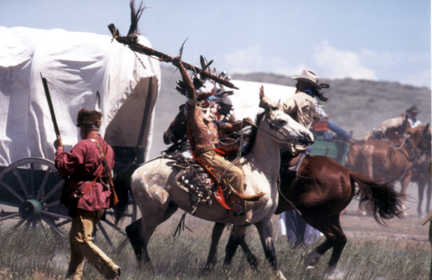 |
| Standing
Bear quoted the following: " Son, I never want to see you
die an old man. Die young on the battlefield."
This quote by Standing Bear was
said because it was a custom for brave warriors to die young in battle, it
was a shame if they were to die of old age. It was also customary
for the Plains Indian warrior to win the respect of others and elders by
fighting. When a warrior killed an enemy he would usually bring home
his scalp to prove that he had killed the enemy himself. |
|
|
Plains Indians had many customs to represent their way of live and
heritage and and what they believed in. The white men tried to take
all of that away from them, at one time, but the Plains Indians customs
still live today, and always will. |
|
|

Plains Indians Tepees |
|
Megan
French
8th
American History
Rossville
Jr. High
Plains
History Project
2004 |
Bibliography Page |



 An Indian
Arrow ~~ Plains Indians sometimes used these in battle and for
hunting.
An Indian
Arrow ~~ Plains Indians sometimes used these in battle and for
hunting. Sitting Bull ~~ A warrior and leader of Native American groups.
Sitting Bull ~~ A warrior and leader of Native American groups. Native
Americans today are still practicing the traditions of their
ancestors.
Native
Americans today are still practicing the traditions of their
ancestors.
 Ceremony this
year.------------------------
Ceremony this
year.------------------------
 Woman performing a ceremony, that is tradition to the Native American
people----------------
Woman performing a ceremony, that is tradition to the Native American
people----------------  Powwow!!!
Powwow!!! 
